Disclosure: We may get commissions for purchases made through links in this post.
As much as pavers make an incredible feature and add value to your home, they can be a lot to maintain specifically when old man winter comes around. Frost heaves are just one of the struggles you'll have to deal with in colder climates. If you're wondering what damage frost heaves can present, and how to prevent it, don't sweat it because we researched this topic to get some answers for you.
One of the best courses of action to prevent frost heave damage is installing an aggregate base on the foundation of your pavers. It also helps to monitor for any drainage problems around the hardscaped area. There's also a need for you to stabilize the soil around your pavers to ensure the prevention of frost heaves occurring.
As snowy seasons set in, you can be prepared to avoid frost heave damage on your patio, driveway, or other hardscape surfaces. If you want a thorough discussion on keeping your pavers in top shape during the winter season, stay with us!
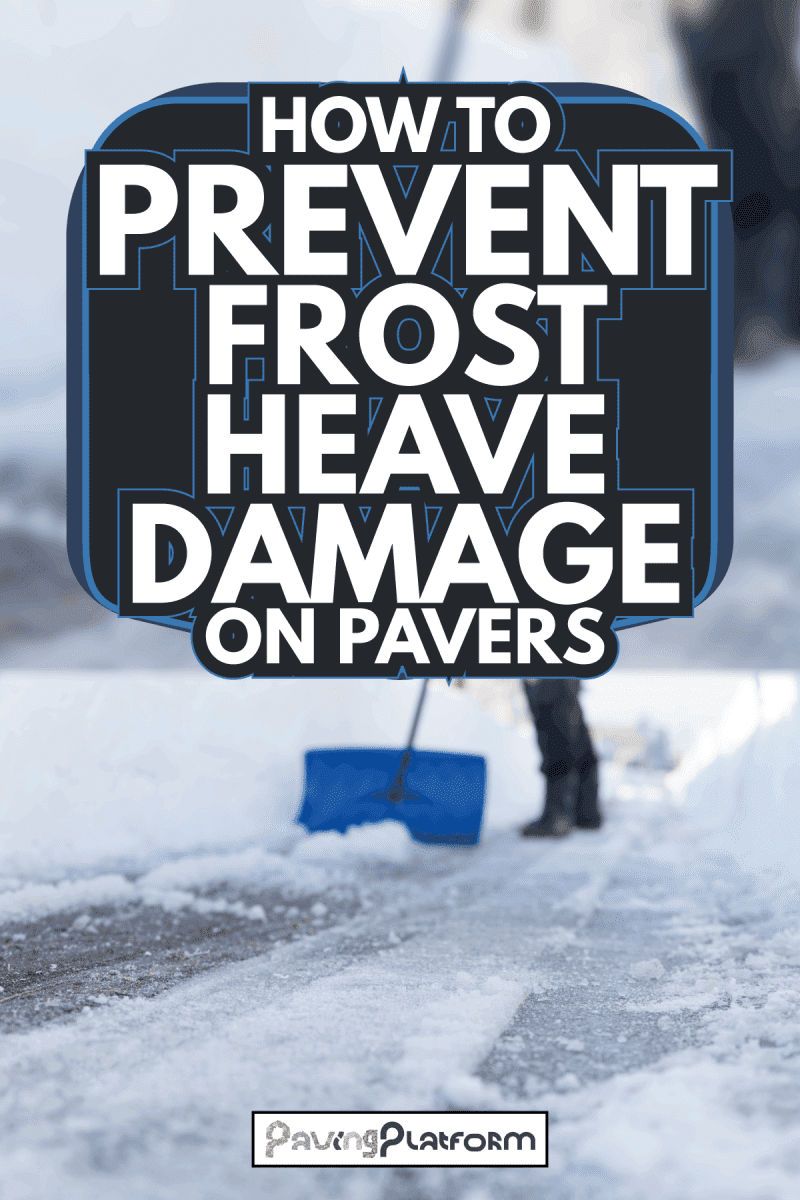
What Is Frost Heave?
According to Science Direct, a frost heave is the upward displacement of soil and rock because of frost action. When the climate is cold, freezing temperatures below the ground make soil susceptible to frost because the groundwater can freeze. If the water freezes, it creates what is referred to as ice lenses within the soil.
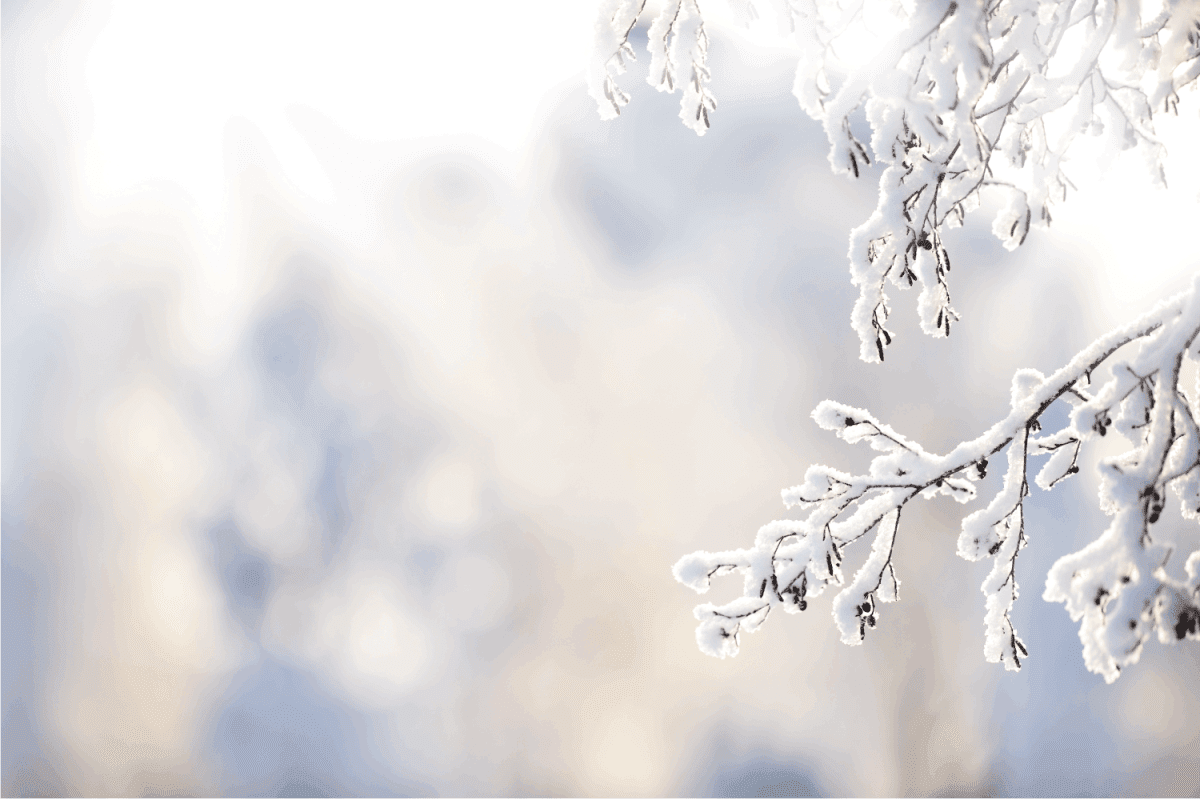
Frost heaving happens because of the formation of these ice lenses; they can continue to build upward, as temperatures fluctuate and water infiltrates the soil between thaws and freezes. Depending on the amount of water available, frost heaves can become quite large during a deep freeze, as the soil is pushed upward by ice lenses.
You'll notice a bump or protrusion in the, previously normally level ground. The height and shape of frost heaves vary depending on the amount of below-ground water. However, they generally depreciate when warmer temperatures become consistent.
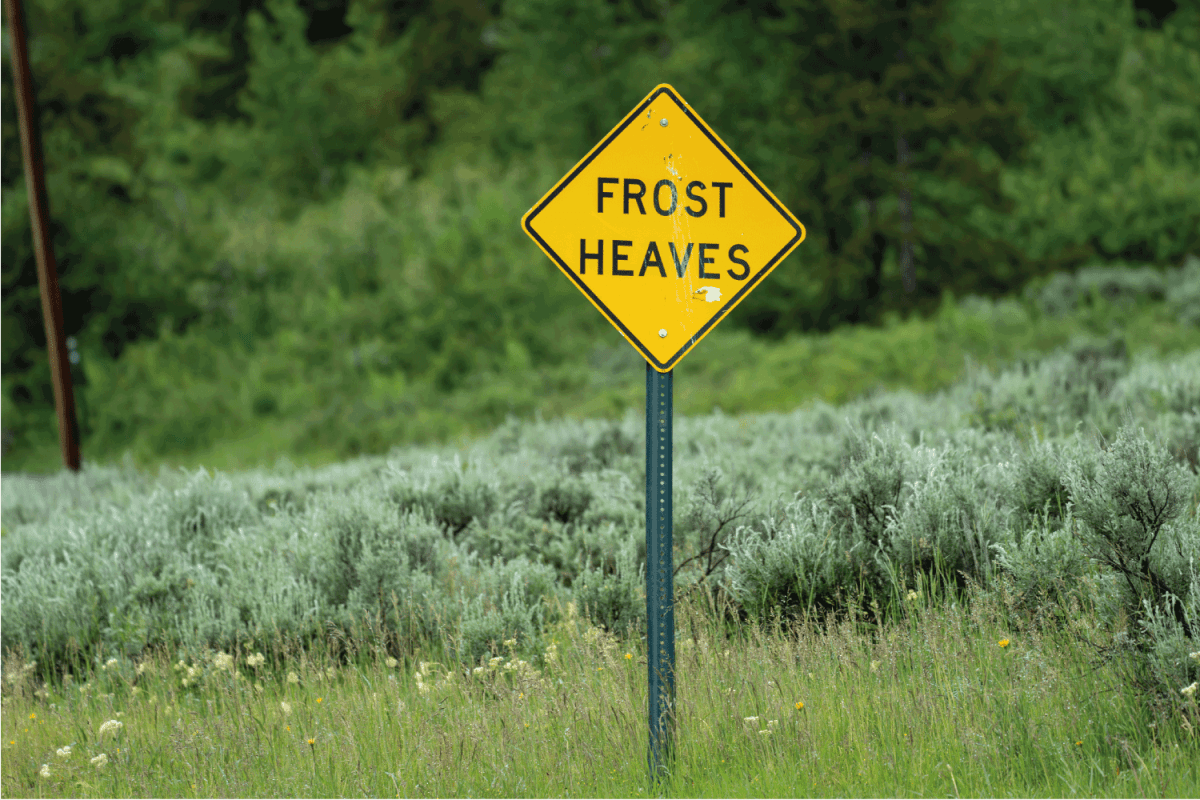
How Does Frost Heave Damage Pavers?
Frost heaves are one of the culprits to blame for damaged pavers because they abruptly shift the soil. The foundation beneath the pavers moves upward in some places, pushing the pavers up as well. Due to this, it makes the pavers' surface uneven, which is unsightly and a trip hazard.
What's more, frost heaves can even cause cracks in the paving bricks, stones, concrete blocks, or other paver materials. This dilemma calls for immediate attention to not damage the pavers as they might chip or break. Should that occur, you'll need to replace the damaged pavers -or ultimately the entire surface!
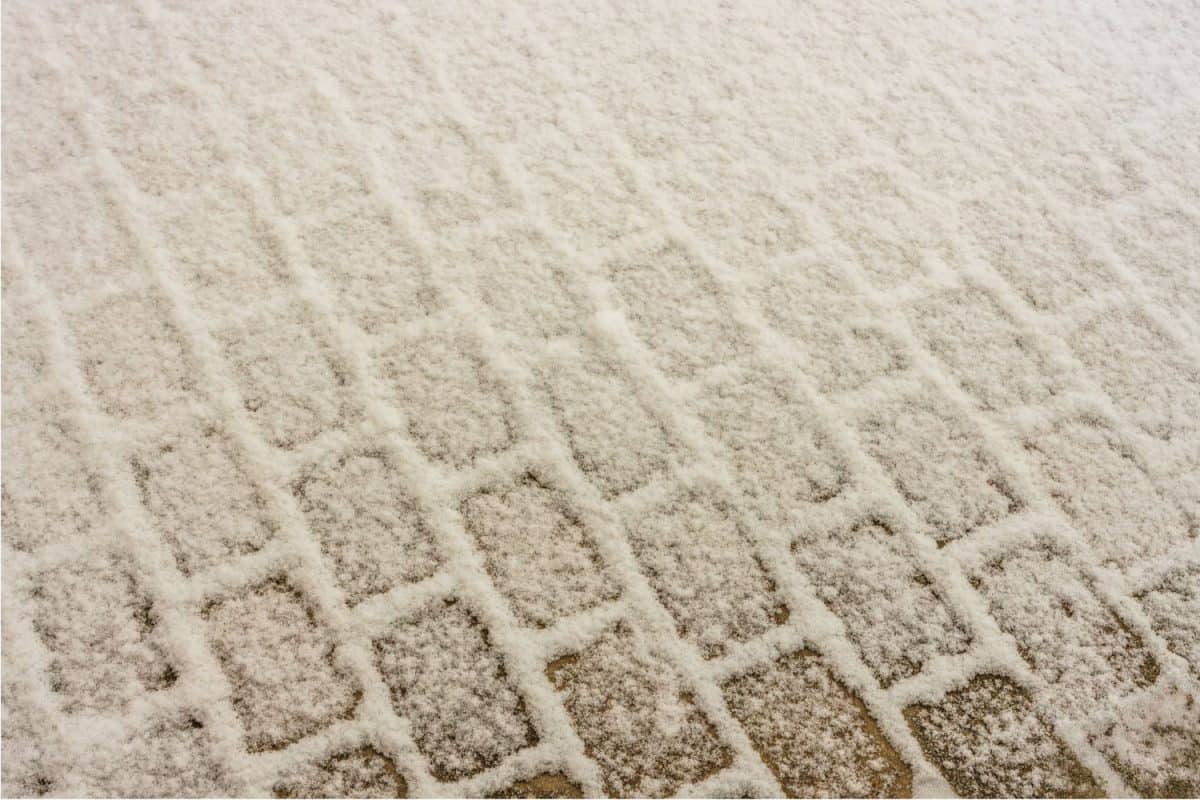
How To Prevent Frost Heave Damage
It is evident that the damage of frost heaves can be extremely bad this is why it's important to take safety measures to avoid further escalation. To prevent frost heaves from happening, the types of soil and drainage around your area should be considered before installing pavers.
Sandy and clay-like soils can hold the most water and should be avoided as paver bases if possible. At the same time, soil that has poor drainage or is positioned near an underground spring is prone to frost heaving, so you should assess your location prior to installation.
Another course of action you can take is to dig down into the soil of your area and install an aggregate base or have drainage problems immediately repaired. Don't wait too long before the winter comes so that you won't risk the possibility of frost heaves.
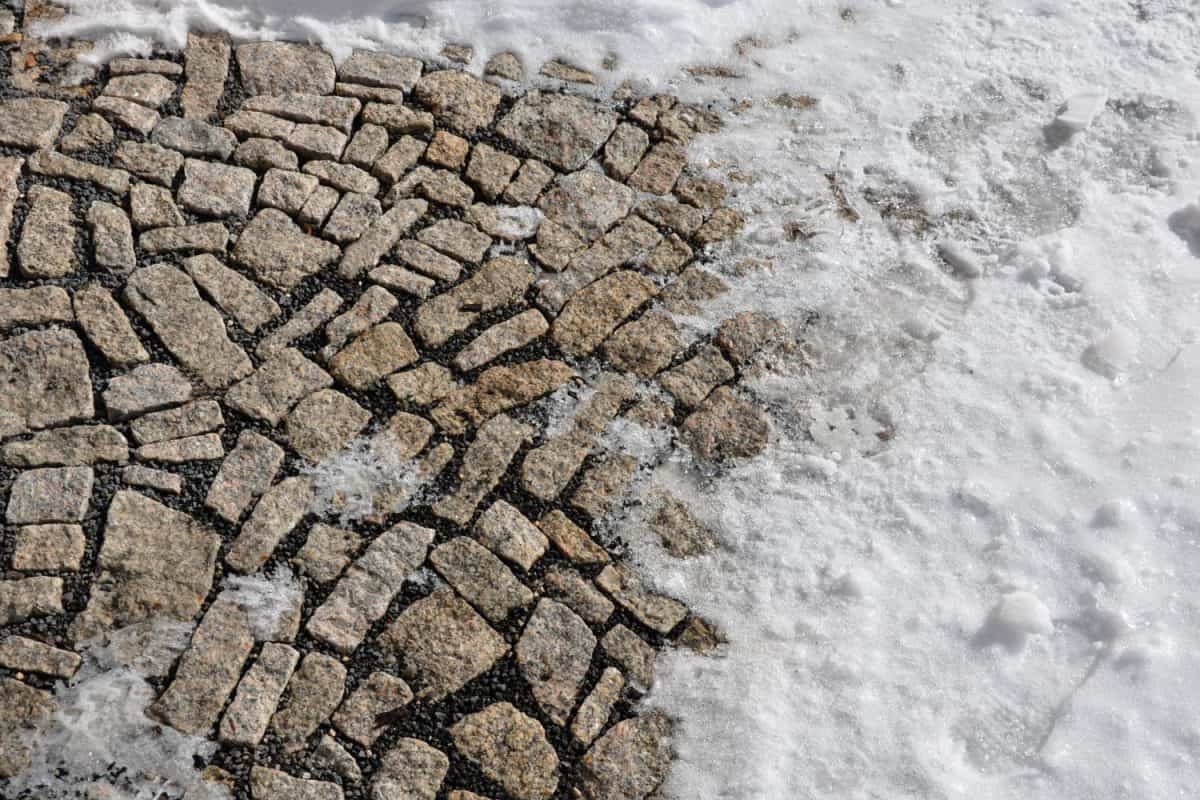
Other measures you can take to eliminate frost heaving are the following:
- Provide a hydronic heating system around your house, specifically in areas near your patio and/or driveway pavers.
- Make use of backfill materials like gravel around the foundation of pavers.
- Use coarse granular soil for your driveway pavers.
- Stabilize the soil in your area.
- Make use of commercially availabe de-icers and use them on your patio or driveway pavers.
- Keep water out of freezing zone.
De-icers for Your Paver Surface
The best chlorides to remove ice from your paver surface are magnesium chloride and calcium chloride.
Harris' Kind Melt magnesium chloride can instantly melt ice on your driveway or patio. It works well at high temperatures down to -13 degrees Fahrenheit. It is less corrosive so it's safe for the environment, your children, and pets.
Click to see Harris' magnesium chloride on Amazon.
This calcium chloride de-icer from Snow Joe can help prevent the possibility of frost heave. It has calcium chloride crystal that can instantly melt snow or frost in contact with it and it works impressively well even at temperatures lower than -25 degrees Fahrenheit.
See Snow Joe's calcium chloride on Amazon.
Amazingly, both chlorides work effectively and similarly on the same way as they trap moisture from the environment and lock it into the soil, making the soil really hard and strong. However, when water like or snow melt taps in the soil after it has dried, then you need to reapply it again to continuously maintain and stabilize the soil around your pavers.
For your convenience, you may also want to check out this YouTube video by Charleston Homes for additional tips on how to prevent frost heave damage on your pavers.
What Type Of Soil Is Most Susceptible To Frost Heave?
According to American Concrete Pavement Association, silt or silty clay soil is the most susceptible to frost heave.
This is because silt has extremely small sized particles that allow the flow of water by capillary action. Subsequently, silt provides the water that forms into ice lenses in the freezing zone during winter.
Other soil types that are considered susceptible to frost heaves are fine sand, clay, gravel, and rock flour. At the same time, dirty sand and gravel and glacial tills also have a moderate chance to be susceptible to frost heaves.
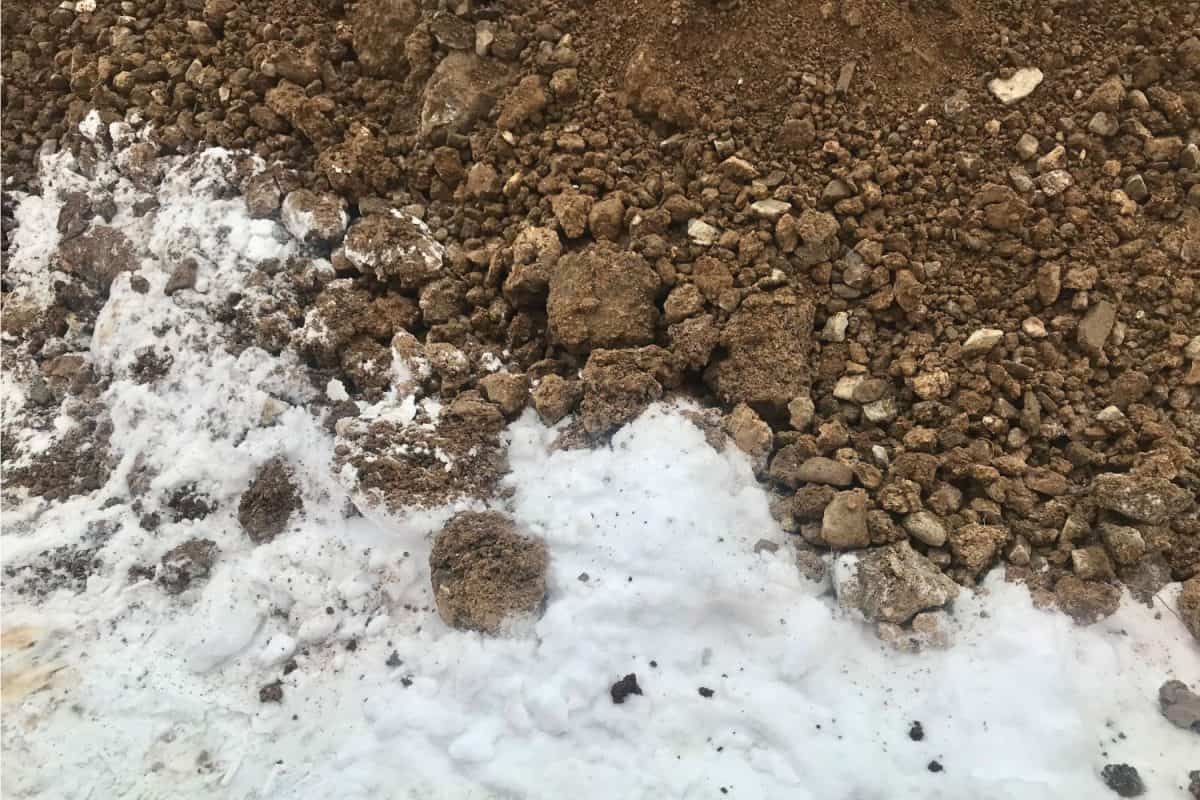
Soils that are considered non-frost susceptible are only 100% clean mixtures of sand and gravel as this type drains freely and does not create capillary moisture movement.
Over and above all of that, you should understand how soil plays a huge role in determining possible frost heaves. If you have susceptible soil around your pavers, you need to replace or stabilize it to prevent the frost heaves.
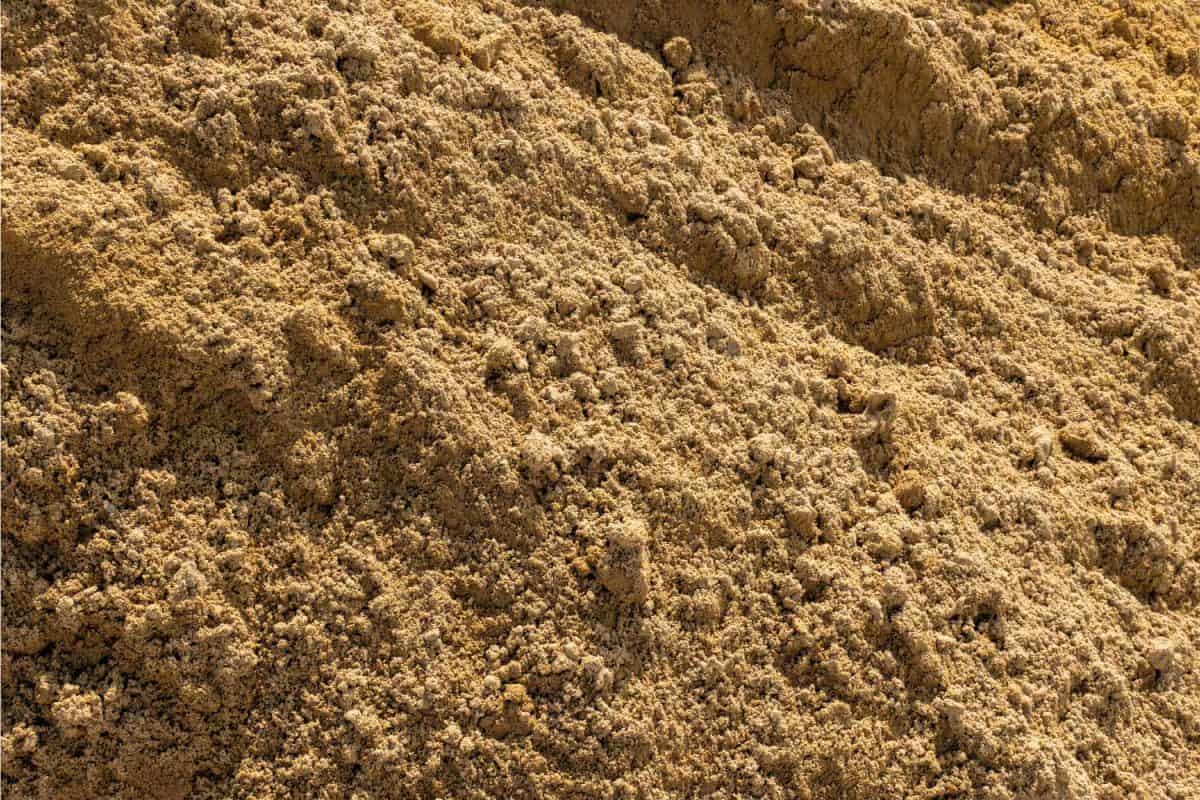
How Do You Stabilize Soil?
Stabilizing the soil can come in many methods. You can add cement to the soil or other chemical components to change the physical makeup of the soil. You can also opt for a mechanical method in stabilizing the soil such as compacting it.
For a visual representation and a better understanding of soil stabilization, you can watch and learn from this animated YouTube video by Prime Resins.
Does Frost Go Deeper In Dry Soil?
Scientifically, dry soil makes the frost level go deeper as the water line freezes more often when it is sufficiently dry.
Wet soil becomes harder than regular dry soil despite the fact that both have the same temperature below freezing. When you think of frost heaving, it is utterly wrong to interpret that frozen soil is responsible for the ice lenses.
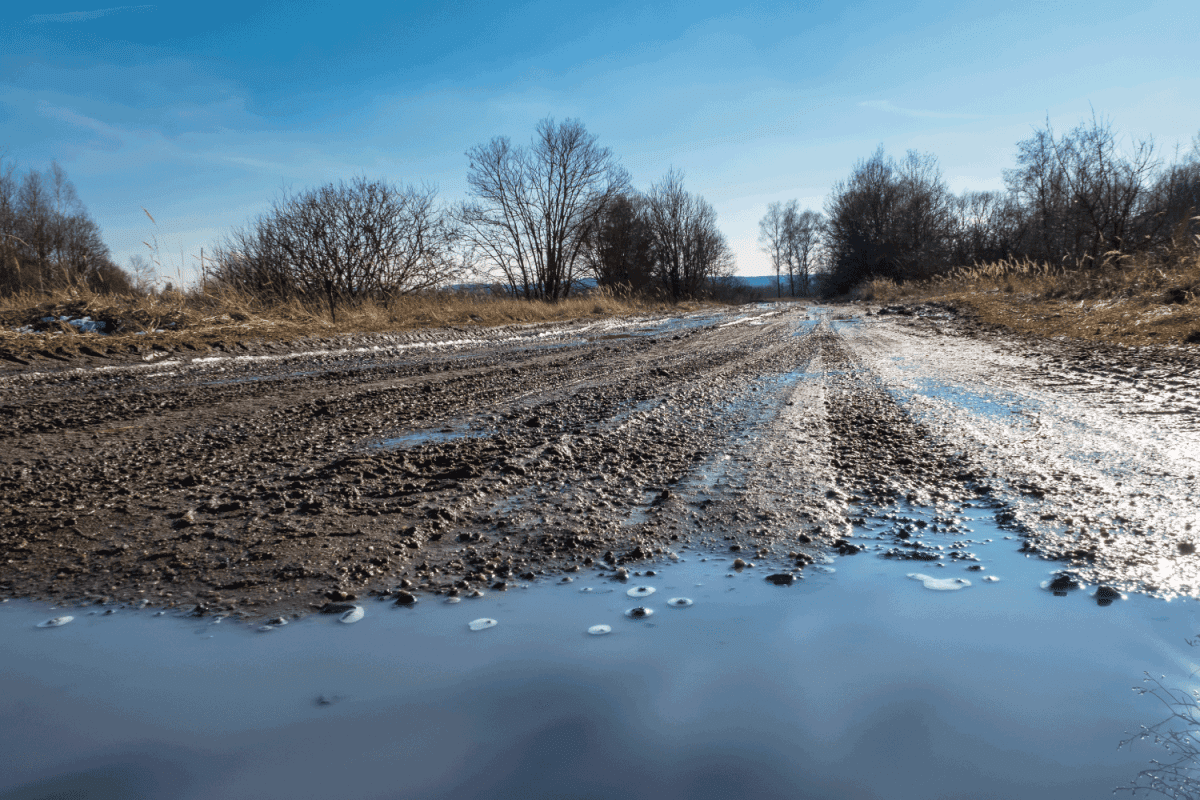
Take note, the soil does not freeze. The moisture in the soil is what freezes, which causes ice lenses, that result in frost heaves. The deeper the dry soil is, the deeper the frost heave goes.
For the best, you can take a look at this YouTube video by Vermont Local Roads discussing frost actions in soil.
In Closing
Installing an aggregate base on the foundation of your pavers, stabilizing your soil, and ensuring no drainage problems around your area greatly helps to prevent frost heave on your pavers. Now that you know all of these tips, plus additional insights on frost heaves and other preventions, brace your pavers as winter approaches.
If you liked this article, you can also check out:



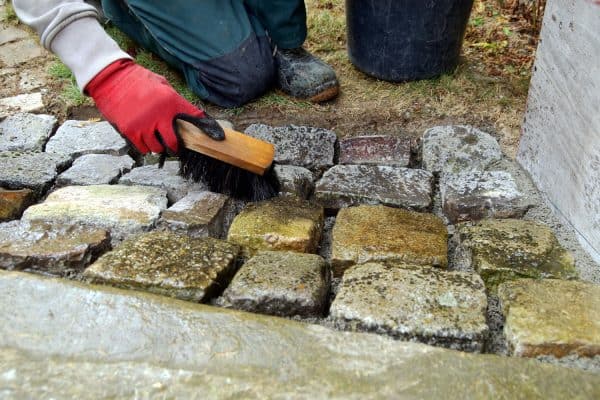
![Blue stone pavers on the garden patio, How To Clean Bluestone Pavers [Care & Maintenance Tips]](https://pavingplatform.com/wp-content/uploads/2022/03/Blue-stone-pavers-on-the-garden-patio-600x400.jpg)
![washing services - block paving cleaning with high pressure washer - Can You Pressure Wash Travertine Pavers? [Best Cleaning Methods]](https://pavingplatform.com/wp-content/uploads/2022/03/washing-services-block-paving-cleaning-with-high-pressure-washer-600x400.jpg)